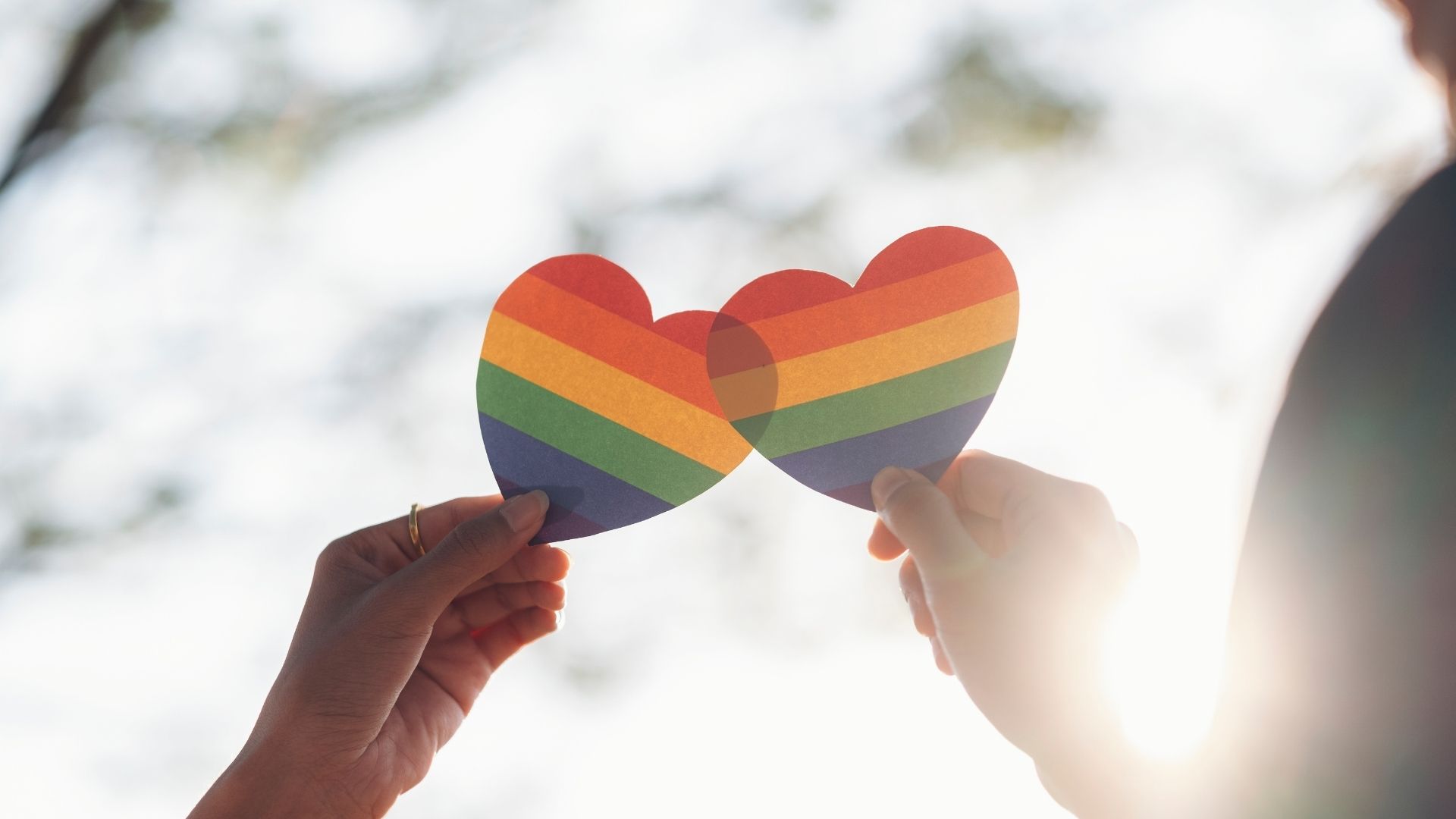When it comes to the ever-changing demographics of this country, the LGBTQ+ (Lesbian, Gay, Transgender, Queer, and further identifications not listed) population is among the groups increasing in membership, visibility, and age. According to USA Today, nearly 6% of the population, 18 million people, self-identifies as LGBTQ+. This, obviously, does not account for the members of the population that do not self-identify, and some reports say that this number could be around 4%. While these numbers are increasing due to the younger generation being more comfortable with being open in their sexuality, “reports estimate that there are around 3 million LGBTQ+ adults over age 50, and that number is expected to grow to around 7 million by the year 2030.” (https://www.gethealthystayhealthy.com/articles/aging-lgbtq-community-planning-future)
Another driving factor for the growing visibility of this population is the increasing number of safe space that have come into existence where the LGBTQ+ population can be safe to work, play, socialize, worship, volunteer, and learn – simply exist – as they are. Safe spaces are incredibly important for those who identify at LGBTQ+, as there are so many pockets of society where they are made to feel unsafe, their livelihoods threatened simply because of their sexuality.
While many organizations are geared toward being safe spaces for LGBTQ+ youth, the elder LGBTQ+ population deserves as much, if not more, support as well. According to the AARP, there are 80% of LGBTQ+ elders who are without a partner compared to 40% of all older single adults. The doubling of this number shows that these individuals are oftentimes aging without a crucial support system or partner to advocate for them if they need it. Also, 90% of LGBTQ+ elders are childless, compared to 20% of older Americans in general, showing another huge gap in built-in support for the LGBTQ+ elders among us. Additionally, many of these individuals will be less likely to reach out to organizations for supportive services where they lack family support, as they have faced discrimination, homophobia, and policies that harmed instead of helped them. These factors, compiled into the fact that we as a country are not getting any younger, thus the LGBTQ+ population is also aging, it is more important than ever for nonprofits to be openly and indiscriminately safe spaces for LGBTQ+ clients.
Becoming a safe space for the aging LGBTQ+ population is possible for all nonprofits. It involves a few steps, including:
- Check for resources from organizations such as the Trevor Project, GLSEN, or SAGE to find out more and to find out how to make their space a safe space for all. Trainings, materials, and even signage to use to show that your organization is a safe space are available through these organizations.
- Understand what it means to be truly a safe space for all. This includes clients with multiple levels of potential discrimination, including minority LGBTQ+ elder, who experience life-long social and economic discrimination: racism, ageism, and homophobia. Committing openly as a safe space to all is key.
- Providing culturally competent services to encourage LGBTQ+ individuals to trust your organization and obtain services provided, such as bilingual marketing material for those who may be non-native speakers, advocating for anti-racist policies for minorities served by your organization, and ensuring marketing materials for your organization include LGBTQ+ representation.
- Actively hiring and promoting members of the LGBTQ+ population in your organization, showing commitment to anti-discriminatory hiring practices while allowing clients to see themselves represented by those who provide services.
- Uprooting any implicit bias in the workplace, working through the hard conversations that may lead to prejudice toward others, and working with all clients in more affirming, positive ways free of bias. This will not always be easy, but it is worth it. This can be accomplished through a diversity and inclusion trainer or through materials available from online or local resources.
The existence of safe spaces for LGBTQ+ individuals can often mean the difference between life and death. According to SAGE Advocacy and Services for LGBT Elders, “LGBT older adults experience health disparities across four general areas: access to health care; HIV/AIDS; mental health; and chronic physical conditions.” This example shows the increased need for nonprofits in the health care sector to be safe spaces for LGBTQ+ elders to access these services without judgment, fear, or discrimination. This need is also apparent in the financial, insurance, and legal sectors as “LGBTQ+ elders have experienced many years of reduced financial support due to prior policies…it is critical to counter the entrenched discrimination with affirmative change in practices.” (https://www.aarp.org/content/dam/aarp/lce/resources/dc-enhancing-the-lgbt-friendliness-of-your-non-profit.pdf) These affirmative changes include safe space delegation.
As our LGBTQ+ population ages, their unique need for services increases. These services must be offered from organizations that are actively represented as safe spaces for those potential clients. As discrimination, hateful rhetoric, and homophobia are still rampant in many areas, these clients need places to exist, without judgment, and to receive services from organizations who also make them feel safe, supported, and secure. By becoming a safe space for all clients, regardless of any discriminatory demographic, an organization can show its commitment to providing quality service to those in need. This will increase the visibility of your organization to all who may need what you offer. It’s not just a matter of good business; it means doing what’s right.
VANTAGE Aging is proud to be a safe space for all. For more information on how your organization can become a safe space for all, please visit Safe Space America at http://www.safespaceamerica.org/become-a-safe-space.html.
VANTAGE Aging is proud to be a safe space for all. We are here to serve all. For information on how to receive any of our four services, please visit https://vantageaging.org/programs-and-services/.
For more information on how your organization can become a safe space for all, please visit Safe Space America at http://www.safespaceamerica.org/become-a-safe-space.html.

